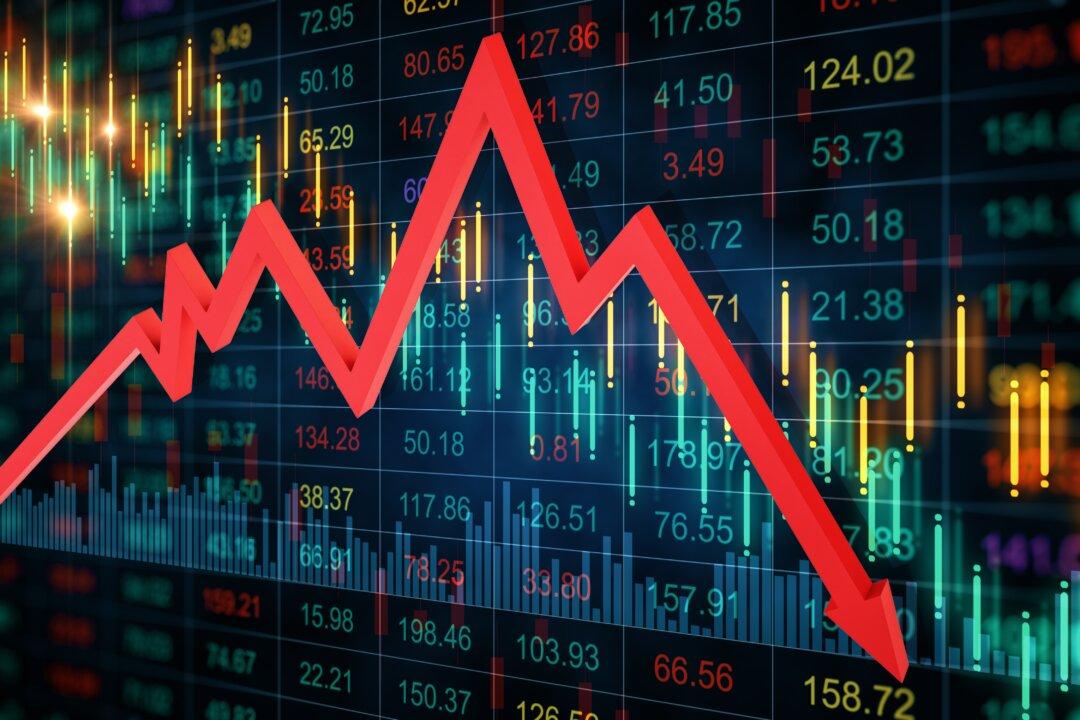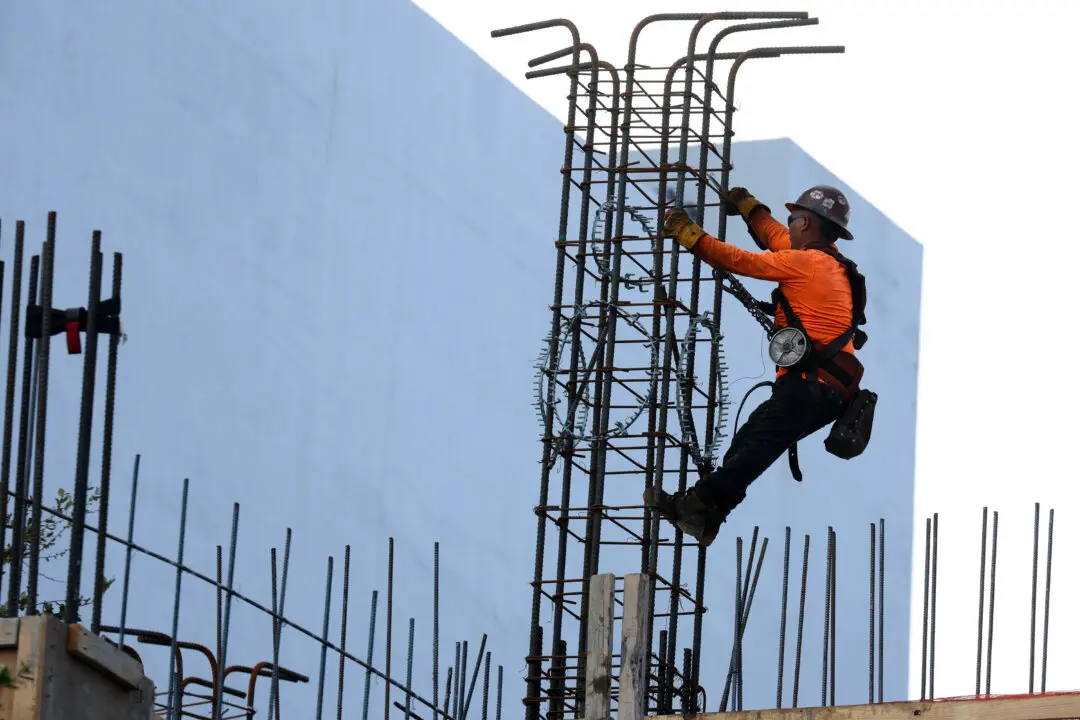Commentary
In the past several years, the jobs report has proved to be one of the more interesting statistical releases from the Bureau of Labor Statistics (BLS). Reading it is a bit like playing a shell game at the county fair. You know the bean is under one of the shells but they move around so quickly that it is hard to find.





